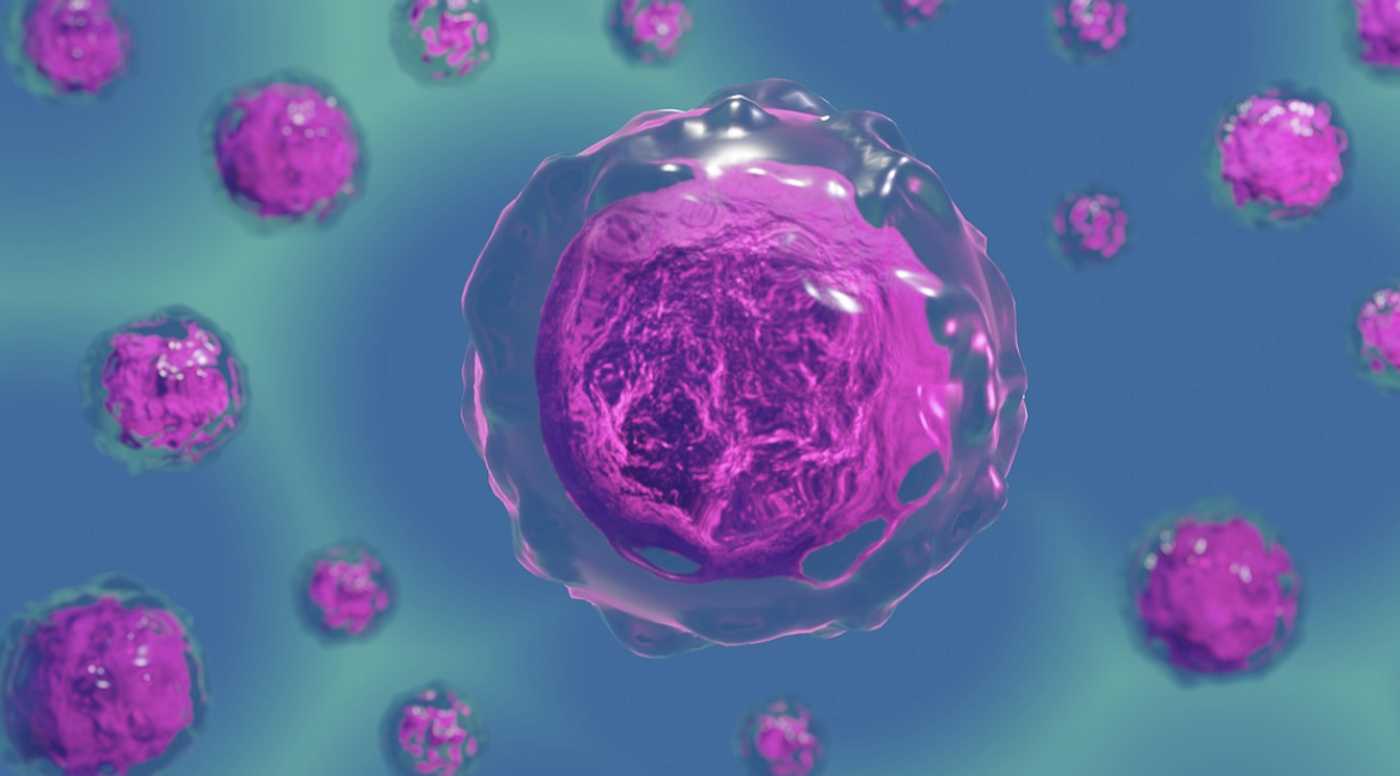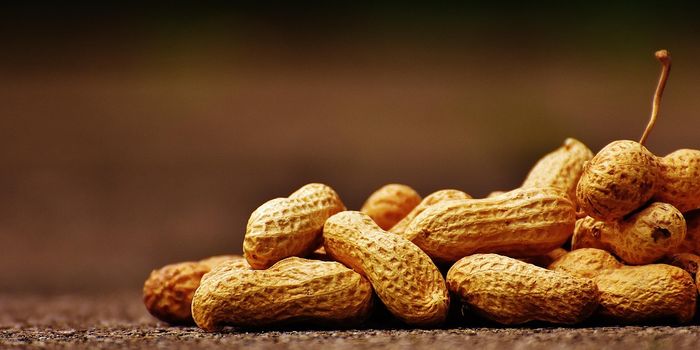A Step Toward Artificial Chromosomes - Manufacturing a Kinetochore
In human cells, lengthy strands of DNA have to be carefully organized and compacted so they'll fit into the nucleus; our genome is arranged into chromosomes that have to be duplicated each time a cell divides. Whether cells divide often or not, it's critical for the cellular machinery to ensure that during cell division, the two new daughter cells get the right chromosomes. During mitotic cell division, the newly duplicated copies of chromosomes are joined at the centromere, and huge complexes of over 80 proteins known as kinetochores help filaments called microtubules pull the chromosomes apart into the new cells.
Researchers have now synthesized a kinetochore with all of its subunits, like the ones that link up with microtubules, or others that attach to the centromere. The researchers were even able to substitute portions of the natural kinetochores of cells with synthetic ones, which still functioned correctly. The work has been reported in Science Advances.
"This is a real milestone in the reconstruction of an object that exists, unaltered, in all eukaryotic cells since more than one billion years," noted senior study author Dr. Andrea Musacchio, the Director of Mechanistic Cell Biology at the Max Planck Institute of Molecular Physiology in Dortmund. "The potential for biotech applications could be huge."
"The kinetochore is a beautiful, flawless machine: You almost never lose a chromosome in a normal cell!" Musacchio exclaimed. "We already know the proteins that constitute it, yet important questions about how the kinetochore works are still open: How does it rebuild itself during chromosome replication? How does it bind to the microtubules? And how does it control them?"
The kinetochore is no simple structure. In this work, each protein that makes up the complex was expressed in bacterial cells, then the proteins had to be isolated. "When we put them together in vitro, these proteins click-in to form the kinetochore," said Musacchio.
The researchers are now hoping to learn more about how these kinetochores interact with microtubules and ATP molecules that provide molecules energy. This work could make it possible to build artificial chromosomes that can be sustained in organisms.
Sources: AAAS/Eurekalert! via Max Planck Institute of Molecular Physiology, Science Advances










